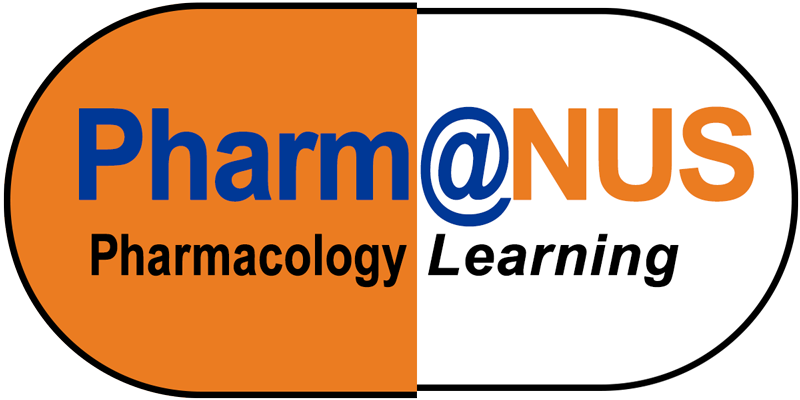What is the difference between side effects, adverse effects and contraindications?
The terms “side effects” and “adverse effects” are often used interchangeably. This may be correct in many contexts, but the two terms do not mean exactly the same thing.
Side effects are effects seen on the side in clinical use. These effects occur at clinical therapeutic doses. Side effects encompass any effects that are not the intended clinical effect of the drug, whether or not these effects are harmful or adverse.
Adverse effects, in contrast, are any undesired harmful effects or effects that cause undesired outcomes. Adverse effects encompass not only those effects that occur at clinical therapeutic doses but also effects that can occur on overdose. However, the term adverse drug reaction specifically refers to unwanted or undesirable effects of a medication that occur during usual clinical use and so excludes overdose. The harm resulting from adverse effects can be direct physical harm or toxicity. But an adverse effect can also be a secondarily harmful effect, for example, effects that cause adverse outcomes such as increased risk of noncompliance with the medication.
Thus adverse effects can be side effects when they are undesired harmful effects that occur alongside the desired therapeutic effect. Vice versa, side effects can be adverse effects when they are harmful. Moreover, because the definition of side effects relates to the intended clinical effect, the side effect or adverse effect in the context of clinical use for one condition can be a therapeutic effect when the same drug is used for another clinical condition. For example, when phenylephrine is used as a nasal decongestant, increased blood pressure is a side effect and indeed also an adverse effect because hypertension is potentially harmful. But when phenylephrine is used to treat hypotension, the increase in blood pressure is the desired therapeutic effect.
Contraindications are symptoms or conditions that make a particular treatment or procedure inadvisable. In the context of pharmacology, we usually speak of contraindications when the regulatory authorities who assess drug safety and license the sale of drugs have required the manufacturer or supplier to include specific contraindications on the box or product insert. When a patient has these symptoms or conditions, the contraindicated drug should not be used for this patient.

Leave a Reply